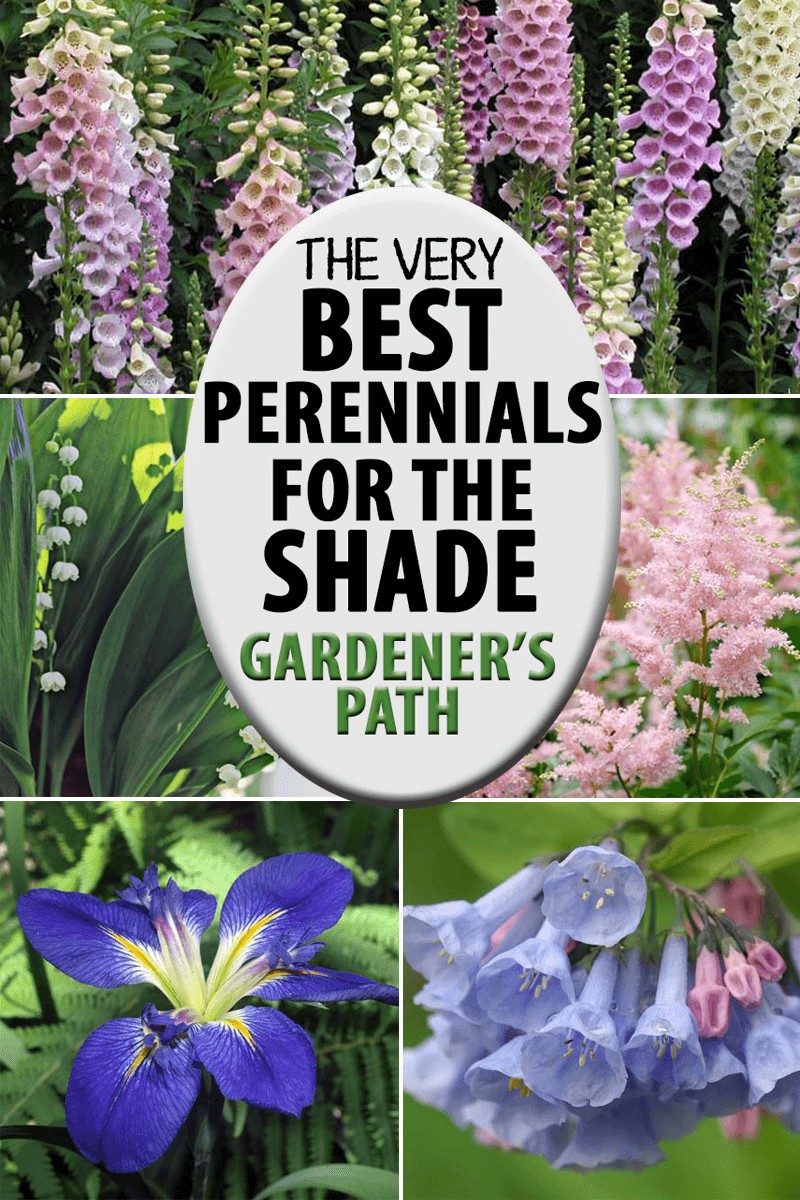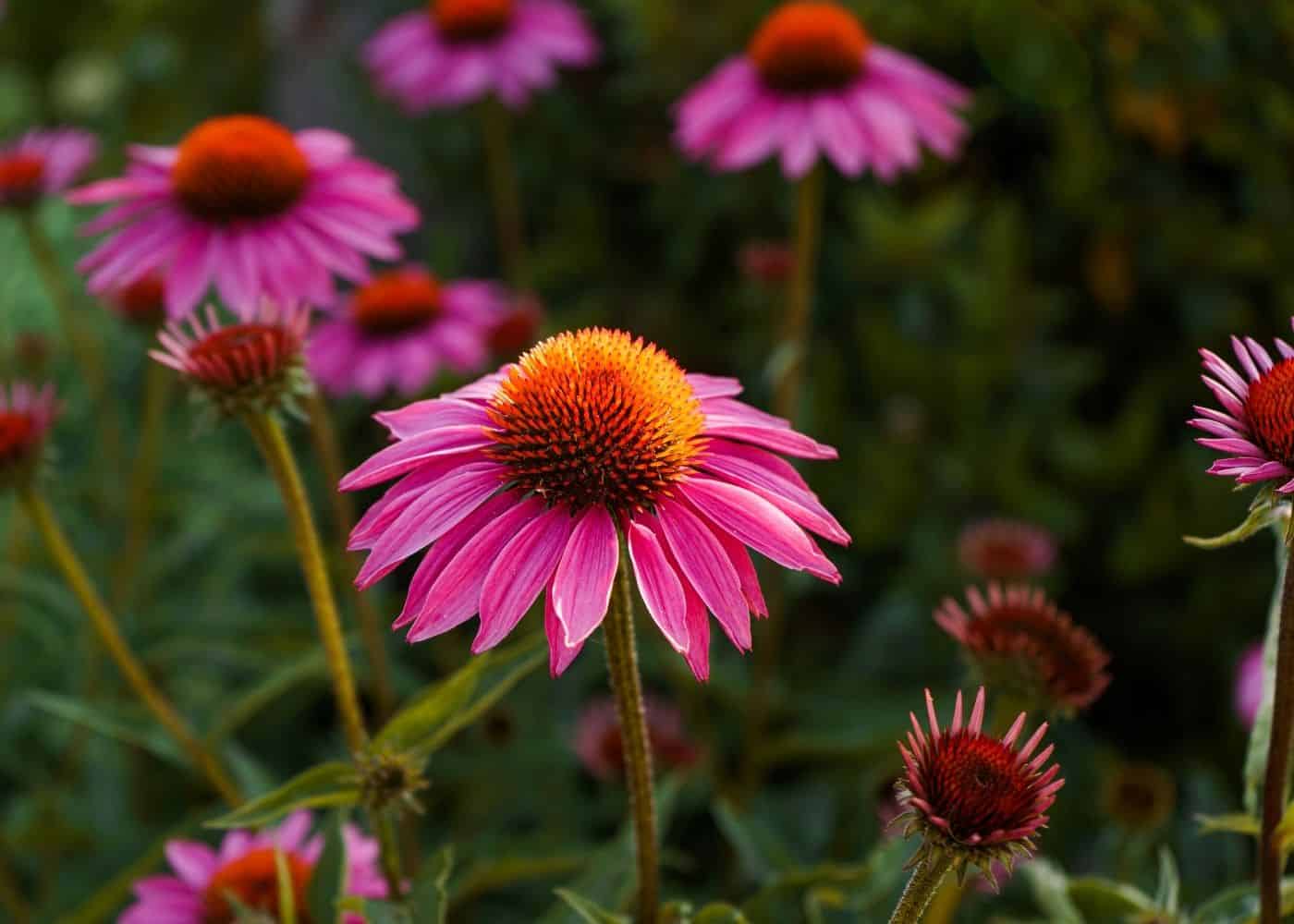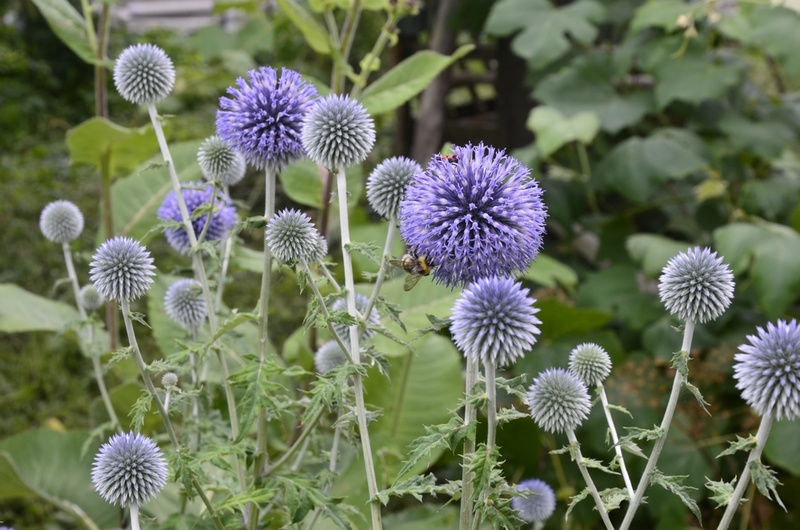What Makes Perennials So Special?
Perennials are a type of plant that comes back year after year, offering a low-maintenance and cost-effective way to add beauty and life to any garden or outdoor space. One of the primary benefits of perennials is their ability to thrive in a variety of conditions, making them an ideal choice for gardeners of all skill levels. By choosing plants that come back each year, gardeners can enjoy a vibrant and dynamic display of color and texture without the need for frequent replanting. Additionally, perennials are often more environmentally sustainable than annuals, as they require less water, fertilizer, and other resources. With proper care, perennials can provide years of enjoyment and beauty, making them a worthwhile investment for any gardener. Whether you’re looking to add a pop of color to your garden or create a lush and vibrant landscape, perennials are an excellent choice.
How to Choose the Right Perennials for Your Garden
When selecting perennials for your garden, it’s essential to consider the specific growing conditions of your outdoor space. Different perennials thrive in various climates, soil types, and light conditions, so it’s crucial to choose plants that are well-suited to your garden’s unique environment. For example, if your garden receives full sun, you may want to opt for drought-tolerant perennials like yarrow or sedum. On the other hand, if your garden is shaded, ferns, astilbe, and bleeding heart may be a better fit. Additionally, consider the style of your garden, as some perennials are better suited to formal, manicured gardens, while others thrive in more natural, wildflower-inspired landscapes. By taking the time to research and select the right perennials for your garden, you can create a beautiful and thriving outdoor space that comes back year after year.
Top 10 Perennials that Come Back Year After Year
When it comes to plants that come back each year, some perennials stand out from the rest. Here are ten popular perennials that are known for their reliability and beauty:
Coneflowers (Echinacea) – These drought-tolerant flowers come in a variety of colors and are a favorite of butterflies and bees. They thrive in full sun and well-drained soil.
Black-Eyed Susans (Rudbeckia) – With their bright yellow petals and dark centers, Black-Eyed Susans are a classic perennial choice. They prefer full sun and dry to medium soil.
Hostas – These versatile plants come in a range of sizes and colors and are perfect for shady gardens. They require moist, rich soil and partial shade.
Daylilies (Hemerocallis) – With their vibrant, trumpet-shaped flowers, Daylilies are a popular choice for perennial gardens. They thrive in full sun to partial shade and well-drained soil.
Salvias – These tall, stately plants come in a range of colors and are a favorite of pollinators. They prefer full sun and well-drained soil.
Peonies – With their lush, full blooms, Peonies are a stunning addition to any perennial garden. They thrive in full sun to partial shade and rich, well-drained soil.
Hydrangeas – These beautiful shrubs produce large, round blooms in a range of colors. They prefer partial shade and moist, well-drained soil.
Coral Bells (Heuchera) – With their delicate, bell-shaped flowers and attractive foliage, Coral Bells are a popular choice for perennial gardens. They thrive in partial shade and moist, well-drained soil.
Yarrow (Achillea) – This versatile perennial produces fern-like foliage and flat-topped flowers in a range of colors. It prefers full sun and well-drained soil.
Bee Balm (Monarda) – With its red, pink, or purple flowers and attractive foliage, Bee Balm is a favorite of pollinators and gardeners alike. It thrives in partial shade and moist, well-drained soil.
These plants that come back each year are just a few examples of the many perennials that can add beauty and life to your garden. By choosing the right perennials for your climate and soil type, you can create a thriving and sustainable outdoor space that will come back year after year.
Perennials for Shade: Bringing Life to Dark Corners
While many perennials thrive in full sun, there are plenty of options that excel in shady conditions. These plants that come back each year can add beauty and life to even the darkest corners of your garden.
Ferns are a popular choice for shady gardens, with their delicate, lacy fronds and ability to thrive in low-light conditions. They prefer moist, rich soil and can be used as a groundcover or accent plant.
Astilbe is another perennial that shines in shady conditions, with its feathery plumes and vibrant colors. It prefers moist, slightly acidic soil and partial shade.
Bleeding Heart (Dicentra) is a charming perennial that thrives in shady conditions, with its heart-shaped flowers and delicate foliage. It prefers moist, rich soil and partial shade.
To create a lush and vibrant shade garden, consider combining these perennials with other shade-loving plants, such as hostas, impatiens, and coleus. Add some hardscaping elements, like stone or wood, to create a cohesive look and define different areas of the garden.
When choosing perennials for shady conditions, be sure to consider the specific growing conditions of your garden. Look for plants that are tolerant of low light and moisture levels, and don’t be afraid to experiment with different combinations of plants and hardscaping elements.
By incorporating these plants that come back each year into your shade garden, you can create a beautiful and thriving outdoor space that will come back year after year, even in the darkest corners.
Perennials for Sun: Drought-Tolerant Options for Hot Spots
When it comes to plants that come back each year, some perennials are perfectly suited to thrive in full sun and hot conditions. These drought-tolerant perennials can add beauty and life to even the most challenging areas of your garden.
Yarrow (Achillea) is a popular perennial that excels in full sun, with its fern-like foliage and flat-topped flowers in a range of colors. It prefers well-drained soil and can tolerate dry conditions.
Sedum is another perennial that shines in hot and dry conditions, with its thick, fleshy leaves and vibrant flowers. It prefers well-drained soil and full sun.
Blanket Flower (Gaillardia) is a drought-tolerant perennial that thrives in full sun, with its bright yellow and red flowers and low-maintenance requirements. It prefers well-drained soil and can tolerate dry conditions.
To care for perennials in hot and dry conditions, be sure to water them deeply but infrequently to encourage deep root growth. Fertilize them lightly, as over-fertilization can lead to weak growth. Prune them regularly to promote healthy growth and prevent overcrowding.
By incorporating these plants that come back each year into your garden, you can create a beautiful and thriving outdoor space that will come back year after year, even in the hottest and driest conditions.
Perennials for Wildlife: Attracting Pollinators and Other Visitors
Perennials are not only a great way to add beauty and life to your garden, but they can also play a crucial role in supporting local wildlife. By incorporating plants that come back each year into your garden, you can create a haven for pollinators, such as bees and butterflies, and other visitors.
Milkweed (Asclepias) is a perennial that is essential for monarch butterflies, providing them with food and shelter. It prefers well-drained soil and full sun.
Lavender is another perennial that is a magnet for pollinators, with its fragrant flowers and low-maintenance requirements. It prefers well-drained soil and full sun.
Native grasses, such as switchgrass and bluestem, are perennials that provide habitat and food for a variety of wildlife, including birds and small mammals. They prefer well-drained soil and full sun.
When choosing perennials for wildlife, consider the specific needs of the species you want to attract. For example, butterflies need nectar-rich flowers, while birds need plants that produce berries or seeds. By incorporating a variety of plants that come back each year into your garden, you can create a thriving ecosystem that supports local wildlife.
In addition to providing food and shelter, perennials can also help to create a sense of habitat and community in your garden. By incorporating native plants and creating a diverse range of habitats, you can attract a wide range of wildlife and create a truly unique and special outdoor space.
Perennial Care 101: Tips for Maintenance and Pruning
Once you’ve selected the perfect plants that come back each year for your garden, it’s essential to provide them with the right care to ensure they thrive. Proper maintenance and pruning are crucial to keep your perennials healthy and strong, and to encourage them to come back year after year.
Watering is a critical aspect of perennial care. Plants that come back each year need consistent moisture, especially during their first growing season. However, it’s essential to avoid overwatering, which can lead to root rot and other problems. Water your perennials deeply but infrequently to encourage deep root growth.
Fertilizing is another important aspect of perennial care. Feed your plants that come back each year with a balanced fertilizer in the spring, when new growth begins. Avoid overfertilizing, as this can lead to weak growth and other problems.
Pruning is a vital part of perennial care, as it helps to promote healthy growth and encourages plants to come back strong each year. Prune your perennials in the late winter or early spring, removing any dead or damaged stems. Cut back flowering stems to the ground, and divide and replant overgrown clumps.
In addition to these basic care tips, it’s essential to mulch around your perennials to retain moisture and suppress weeds. Add a layer of organic mulch, such as wood chips or straw, around your plants that come back each year, keeping it a few inches away from the stems.
By following these simple care and pruning tips, you can ensure that your plants that come back each year thrive and come back strong and healthy each year. With proper care, your perennials will provide beauty and life to your garden for years to come.
Designing a Perennial Garden: Layout Ideas and Inspiration
When it comes to designing a perennial garden, the possibilities are endless. With a little creativity and planning, you can create a beautiful and thriving outdoor space that showcases your favorite plants that come back each year.
One of the key elements of designing a perennial garden is creating a cohesive look. This can be achieved by choosing a color scheme or theme and sticking to it. For example, you could create a monochromatic garden featuring different shades of blue, or a garden that showcases a variety of textures and foliage.
Another important consideration is the layout of your garden. Consider the mature size of your plants that come back each year and leave enough space between them for proper growth. You can also use hardscaping elements, such as paths and borders, to create a sense of structure and definition.
Using a mix of plants with different heights, textures, and bloom times can add visual interest to your garden. Consider combining tall plants like coneflowers and black-eyed susans with lower-growing plants like creeping thyme and sedum. You can also incorporate ornamental grasses and shrubs to add depth and dimension.
Don’t forget to incorporate a focal point in your garden, such as a statement piece of art or a beautiful tree. This can help draw the eye to a particular area of the garden and create a sense of visual interest.
Finally, consider the maintenance needs of your garden when designing your layout. Choose plants that come back each year that are low-maintenance and require minimal care, and incorporate features like mulch and irrigation systems to make upkeep easier.
By following these tips and incorporating your own personal style and creativity, you can create a beautiful and thriving perennial garden that showcases your favorite plants that come back each year.








